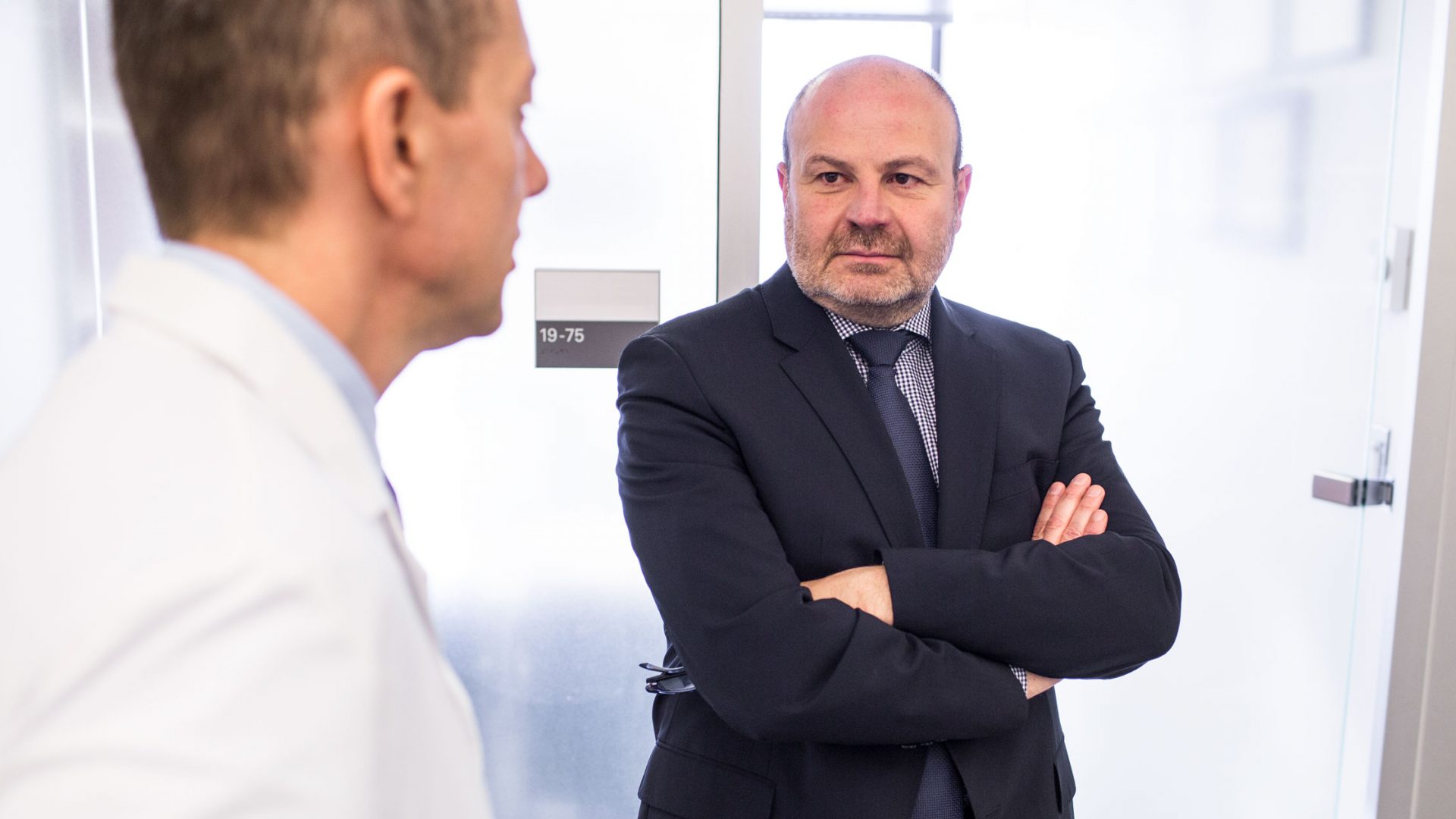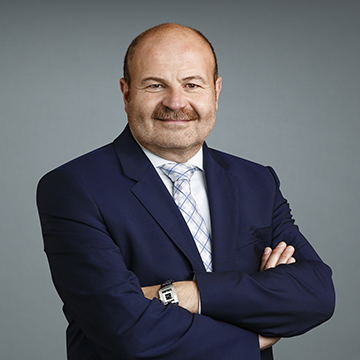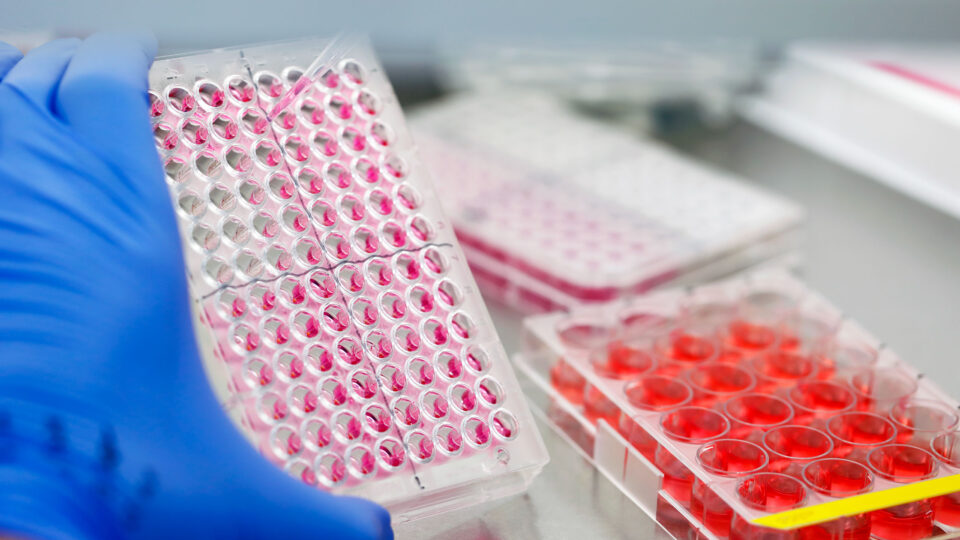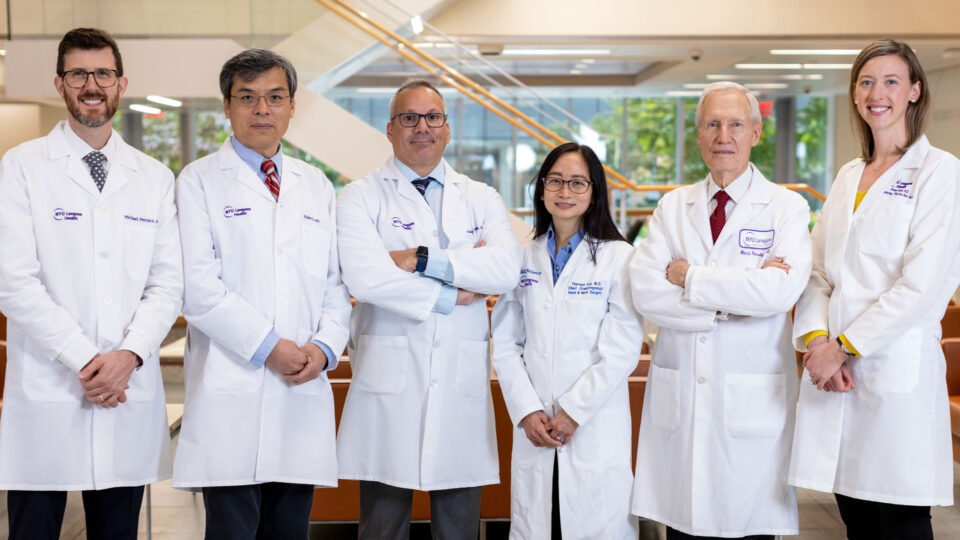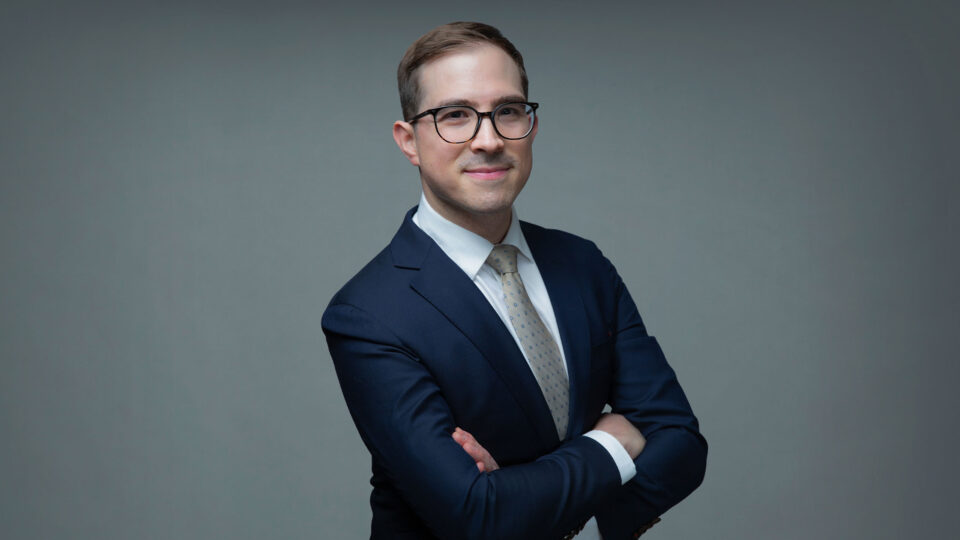NYU Langone Health’s Blood and Marrow Transplant Program, part of Perlmutter Cancer Center, specializes in caring for adults and children undergoing autologous and allogeneic transplant. The program incorporates a wide-ranging suite of clinical, educational, and research programs aimed at providing high-quality care to every patient, regardless of ethnic background or age.
Here, Physician Focus met with the program’s executive director, Samer Al-Homsi, MD, MBA, to discuss recent advances in the field, as well as ongoing initiatives within the program to make blood and marrow transplant available to even more patients.
Benefits of Outpatient Transplants
Physician Focus: We now have the ability to perform transplants on an outpatient basis, with clinical outcomes equivalent to traditional inpatient approaches. What makes outpatient transplants unique?
Dr. Al-Homsi: Outpatient transplant is often the most practical, if not the best option, for the majority of eligible patients. It provides patients with more flexibility, allowing them to return to the comfort of their home after receiving treatment during the day.
“Outpatient transplant is often the most practical, if not the best option, for the majority of eligible patients.”
Samer Al-Homsi, MD, MBA
We are fortunate to have a state-of-the-art outpatient center staffed by highly specialized professionals including physicians, nurse practitioners, and social workers. All transplant services, including the collection of stem cells, infusion, and the stem cell processing laboratory are housed within the outpatient center. We have come a long way since the days when patients were admitted to an isolated inpatient unit to receive their transplant.
Nevertheless, each patient needs to be extensively evaluated and may not be a good candidate for outpatient care, depending on the circumstances.
Age Is No Barrier to Success
Physician Focus: There has been great progress in expanding access to bone marrow transplants to older adults. What collective advancements have supported this shift?
Dr. Al-Homsi: In recent years, transplant has been increasingly used for patients older than 60. There are several reasons for this, including optimized means of determining which older adults will benefit from treatment, the availability of reduced-intensity conditioning regimens, and better supportive care. Taken together, these innovations have expanded the pool of eligible patients well into their 70s.
In other words, advanced age does not automatically exclude a patient from receiving a bone marrow transplant, autologous or allogeneic, even in the outpatient setting. A successful transplant for an older adult means preserving their functional independence, improving quality of life, and of course, prolonging survival.
Haploidentical Grafts: The Next Frontier
Physician Focus: Haploidentical transplants have expanded the pool of available donors. What are the benefits of this approach?
Dr. Al-Homsi: Many patients who need a transplant cannot find a suitable fully matched donor. The development of half-matched or haploidentical transplant has been a major step forward in extending transplant as an option for patients from certain ethnic and minority groups, who are underrepresented in the donor registries and may not be able to find a fully matched donor.
“In our hands, it seems that the outcomes of transplanted patients with a half-matched donor are at least as good as those with a fully matched donor.”
Although haploidentical transplant may be the only option for patients from certain ethnic minorities, recent studies have suggested that the incidence of graft-versus-host disease (GvHD) can be higher in patients who received a haploidentical transplant versus fully matched donors. As this is a disparity issue, we have been very active in conducting research to decrease the incidence of GvHD in the setting of haploidentical transplant.
In a recent study, we reported encouraging results using an innovative approach to prevent GvHD in patients undergoing a haploidentical transplant. In our hands, it seems that the outcomes of transplanted patients with a half-matched donor are at least as good as those with a fully matched donor.
A Vision for Continued Success
Physician Focus: Looking ahead, what is your vision for the future of the program? What advancements are on the horizon?
Dr. Al-Homsi: Let me start by pointing to the remarkable progress that has been achieved in the past five years. As a comprehensive program accredited by the Foundation for the Accreditation of Cellular Therapy, we now perform a large number of transplants both in the outpatient and inpatient setting, and we maintain outstanding outcomes, which is a testament to our commitment to providing high-quality patient care.
“As researchers, we continue to push forward with novel interventions, determined to make GvHD a complication of the past.”
As researchers, we continue to push forward with novel interventions, determined to make GvHD a complication of the past. We will also continue to expand our transplant services for patients affected by non-cancer illnesses, such as rheumatologic conditions.
Lastly, we hope to improve access to transplant for racial and ethnic minorities, which underpins our motivation to continue to develop novel haploidentical transplant approaches. Additionally, in New York State, it can be challenging for patients to come to Manhattan to receive treatment, and thus we plan to continue expanding our services to Long Island. Our mantra is: “We’re going to the patients, rather than them having to come to us.”


